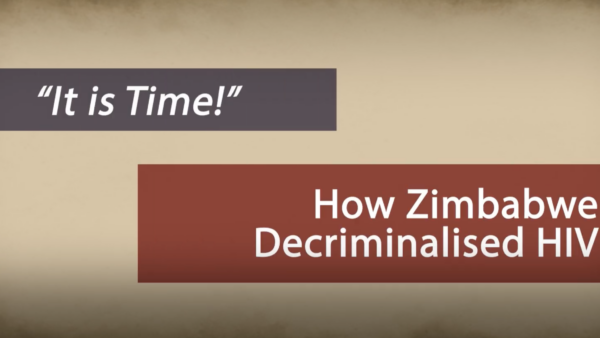
Changes are in the pipeline for the sentencing of sex offenders. But what principles govern how long a criminal is jailed for? To take one category of offence, assaults involving grievous bodily harm, there are nine steps that must be followed. The first two are the most important. Step one weighs up how serious the offence is by measuring the harm done and the culpability of the offender. Greater harm is indicated by “serious” injury to the victim, a sustained or repeated attack and the personal circumstances of the victim. But the definition of serious injury is again fundamentally contentious. Culpability is governed by another 15 factors, including premeditation, use of a weapon, or having taken on the leading role in a gang. The 19 factors, in total, put the offence into one of three categories of seriousness.
Step two sets out the range of any jail sentence. Depending on the category of seriousness, a sentence will range from 9-16 years, 5-9 years, or for the least harm and culpability 3-5. Steps three to nine look at mitigating factors, reduction for guilty pleas and a range of other technical issues. The 27 pages of assault guidelines on their own have the potential to baffle even a hardy layman. “I have the greatest sympathy with the public,” says Sir Louis Blom-Cooper, a QC and legal academic. “The system for sentencing is immensely complicated even for judges.”







